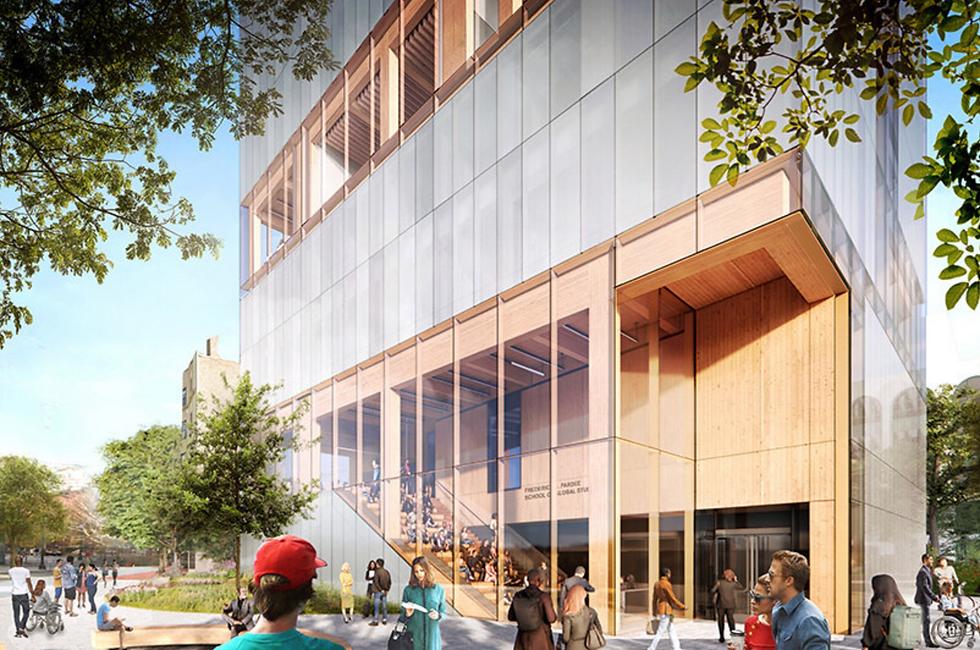Transforming Construction: The Innovative Impact of STFE on Lightweight Architecture
- Viola Sauer

- Mar 25, 2024
- 2 min read
Delving into the Interplay of Beauty, Sustainability, and Utility in Modern Architecture with Structural Transparent Fluorinated Envelopes. The "Light Construction" exhibit in 1995, curated by Terence Riley at the Museum of Modern Art, showcased a trend towards lighter, more transparent architectural designs. Featuring 30 innovative projects, it highlighted architects' shift towards using less material without compromising on aesthetics, facilitated by technologies like dual-glazed envelopes and media screens, showcasing the potential for ethereal architectural beauty.
In the realm of architecture, the pursuit of lightness has been driven by various factors, including ecological efficiency and enhanced functionality. The advent of STFE, or Structural Transparent Fluorinated Envelope, aligns with these principles, offering an architectural solution that blends visual appeal, environmental consciousness, and practicality. Developed by Serge Ferrari Group, STFE is an advanced textile aimed at cladding large structures with minimal resources. STFE-50, particularly notable for its 50% light permeability, is ideal for spaces needing natural light without the weight of traditional materials.
STFE represents an evolution from ETFE (Ethylene Tetrafluoroethylene), offering the transparency of glass or polycarbonate with a fraction of the weight. This innovative material combines a non-transparent, structurally sound mesh with a clear side, providing a groundbreaking solution for large architectural applications, as described by David Peragallo from Serge Ferrari Group.
The durability and lightweight nature of STFE, attributed to its polyarylate base, facilitate designs with fewer supports, embodying the ethos of minimalistic yet functional architecture. The STFE-50 membrane's incorporation into the MPavilion 2022 in Melbourne exemplifies its utility, creating an engaging, light-filtered environment.
STFE's potential extends beyond grand structures to include smaller, adaptive installations, offering ecological and economic benefits by reducing material use and associated costs. As construction materials' prices soar, STFE presents an efficient alternative, potentially revolutionizing architectural design by marrying lightness with strength and clarity.
With its promise of a lighter architectural future, STFE could redefine the principles highlighted in MoMA's "Light Construction" exhibition, advocating for an architecture that embraces translucency, reduced material bulk, and a harmonious balance between form and function.
source: architectmagazine.com






Comments